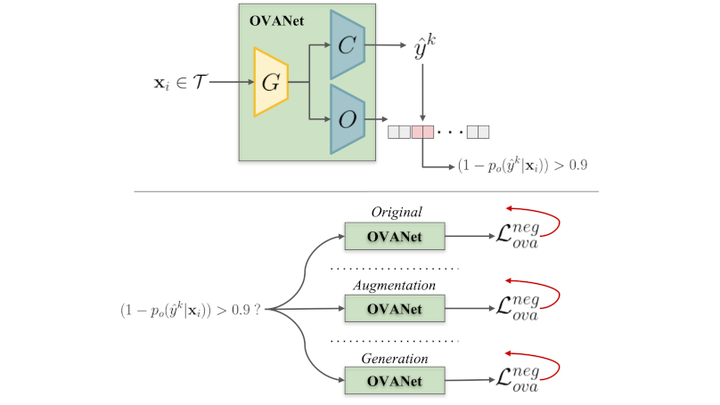Tightening Classification Boundaries in Open Set Domain Adaptation through Unknown Exploitation

Abstract
Convolutional Neural Networks (CNNs) have brought revolutionary advances to many research areas due to their capacity of learning from raw data. However, when those methods are applied to non-controllable environments, many different factors can degrade the model’s expected performance, such as unlabeled datasets with different levels of domain shift and category shift. Particularly, when both issues occur at the same time, we tackle this challenging setup as Open Set Domain Adaptation (OSDA) problem. In general, existing OSDA approaches focus their efforts only on aligning known classes or, if they already extract possible negative instances, use them as a new category learned with supervision during the course of training. We propose a novel way to improve OSDA approaches by extracting a high-confidence set of unknown instances and using it as a hard constraint to tighten the classification boundaries of OSDA methods. Especially, we adopt a new loss constraint evaluated in three different means, (1) directly with the pristine negative instances; (2) with randomly transformed negatives using data augmentation techniques; and (3) with synthetically generated negatives containing adversarial features. We assessed all approaches in an extensive set of experiments based on OVANet, where we could observe consistent improvements for two public benchmarks, the Office-31 and Office-Home datasets, yielding absolute gains of up to 1.3% for both Accuracy and H-Score on Office-31 and 5.8% for Accuracy and 4.7% for H-Score on Office-Home.